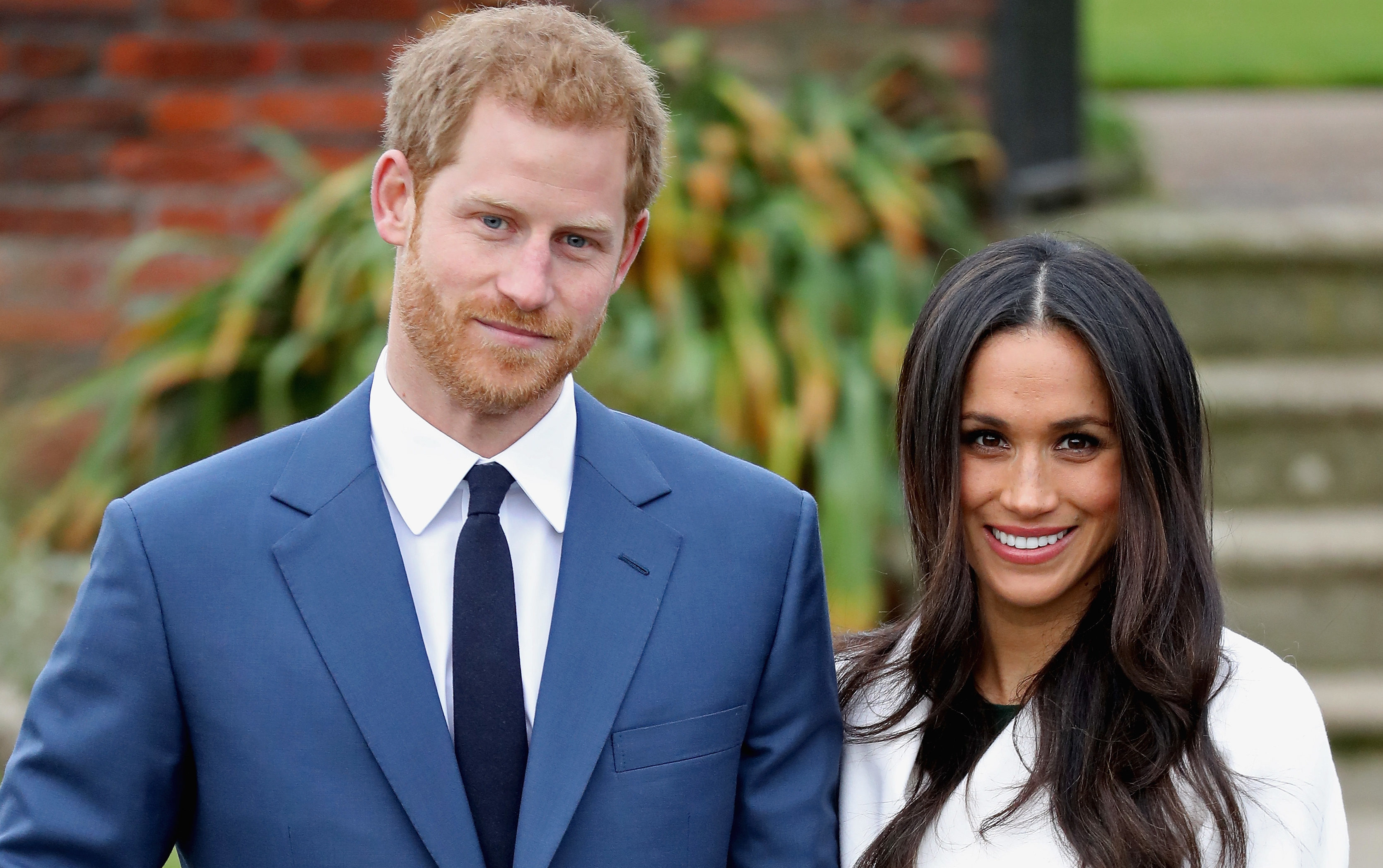
MEGHAN MARKLE will not promise to “obey” her husband when she marries Prince Harry.
The couple have selected words from The Marriage Service from Common Worship (2000).
They will pledge themselves to one another: “for better, for worse, for richer, for poorer, in sickness and in health, to love and to cherish, till death us do part”.
The marriage service features contemporary language – using the word “you” instead of “thee” and “thou” and offers the most flexibility in the choice of readings and prayers.
The fact that Meghan and Harry have opted for the more modern approach to the traditional marriage ceremony comes as no surprise.
The American former actress, who is committed to gender equality and empowering women, was a UN women’s advocate.
Recent royal tradition has been for royal brides not to pledge to obey their husbands.
The Duchess of Cambridge did not in 2011, and neither did Harry’s mother the Princess of Wales in 1981 when she married the Prince of Wales.
But Harry and Meghan have selected a different service from the Duke and Duchess of Cambridge.
William and Kate – a future King and Queen – went for the Alternative Services: Series One ceremony – a slightly updated version of the Book of Common Prayer (1662) – in Westminster Abbey in 2011.
This also did not contain “obey him” or “serve him” but still retained traditional language.
Here are Harry and Meghan’s vows:
The Archbishop of Canterbury: “Harry and Meghan, I now invite you to join hands and make your vows, in the presence of God and his people.”
The Bride and Bridegroom face each other and join hands.
The Bridegroom says: “I Harry, take you, Meghan, to be my wife, to have and to hold, from this day forward; for better, for worse, for richer, for poorer, in sickness and in health, to love and to cherish, till death us do part; according to God’s holy law. In the presence of God I make this vow.”
The Bride says: “I Meghan, take you, Harry, to be my husband, to have and to hold, from this day forward; for better, for worse, for richer, for poorer, in sickness and in health, to love and to cherish, till death us do part; according to God’s holy law. In the presence of God I make this vow.”
The Queen, her sister Princess Margaret, and daughter the Princess Royal all said they would obey their husbands, as did the Countess of Wessex in 1999.
Writing your own wedding vows is seen as something of an American tradition.
Hollywood actors Jennifer Aniston and Brad Pitt exchanged personal vows during their Malibu wedding in 2000, with Aniston promising to always make Pitt’s favourite banana milkshake and Pitt vowing to split the difference on the thermostat.
They went on to divorce five years later.
But the personal vow option was not open to Harry and LA-born Ms Markle.
According to the Church of England, the words of a marriage service are set in law and cannot be re-written or changed in any way for legal reasons.
Harry and Ms Markle have personalised their ceremony by choosing the reading, hymns and the music, in consultation with the Archbishop of Canterbury, who is conducting the service.
Ms Markle was baptised and confirmed by the archbishop in March ready for her religious wedding ceremony.
The secret service was described by the Most Revd Justin Welby as “beautiful” and “very special”.
The couple have also added a fresh transatlantic twist by inviting a senior US bishop, the Most Rev Bishop Michael Curry, the 27th presiding bishop and primate of the Episcopal Church, to give the sermon.

Enjoy the convenience of having The Sunday Post delivered as a digital ePaper straight to your smartphone, tablet or computer.
Subscribe for only £5.49 a month and enjoy all the benefits of the printed paper as a digital replica.
Subscribe